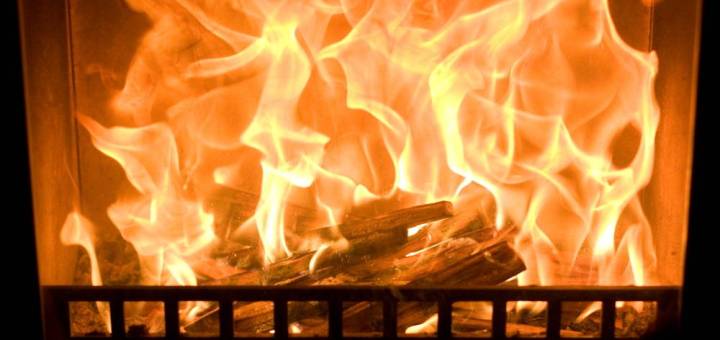Living By Fire

It’s winter again in Wisconsin. I woke up yesterday to a radio weather reporter who described the temperature in adjectives: “icy,” “freezing,” “frigid.” Apparently, it’s too cold for Fahrenheit or Celsius. I’ve been warming myself by the space heater in my apartment, but despite the cold, the closest I’ve come to a fireplace has been a Yule log video on a computer screen. The Yule log holiday fireplace has a surprisingly long television history. It started in New York City—a place where many residents had homes without fireplaces—in 1966, and its popularity has only grown since. This year Netflix created a Yule log Fireplace for Your Home film complete with trailer and director commentary. For Southern college sports fans, ESPN’s SEC Network aired the SEC Yule Log on Christmas day, including SEC team fight songs.
Watching the Yule logs this Christmas—while gleefully eating ham and humming along to SEC fight songs—brought me back to a short film I made four years ago. The idea for Living By Fire started when my co-director Nathan Jandl and I were curious about air pollution and wood burning stoves. That’s where the film began, but that’s not where it ended. I met people who truly loved and depended on their fireplace, and I learned what it’s like to live though a Wisconsin winter with wood as your primary heat source. And, I think, I may have learned a little about why each year millions of us gather around our screens to watch the Yule logs burning.
Featured image: A lively fire demonstration from Ernest Bingham in one of the advanced wood stoves on display at Great American Chimney and Fireplace Folks. Photograph by Nathan Jandl and Alex Rudnick.
Alex Rudnick is currently a graduate student in the departments of History and the History of Science at UW-Madison. Growing up in Florida, she completed her BA with a focus on 1950s wetland preservation. After teaching high school biology, inspired by teaching, she moved to Madison to complete her PhD and teach at a college level. She continues to be interested in the American southeast, and is currently working on a dissertation project that examines the history of public health and nutrition. Email.